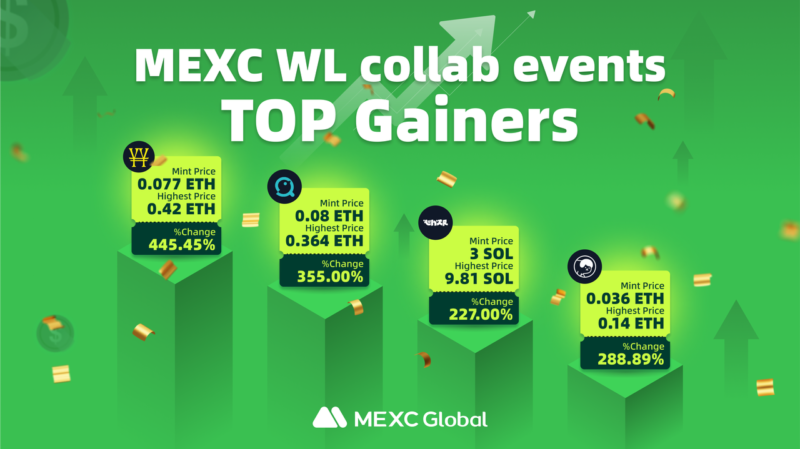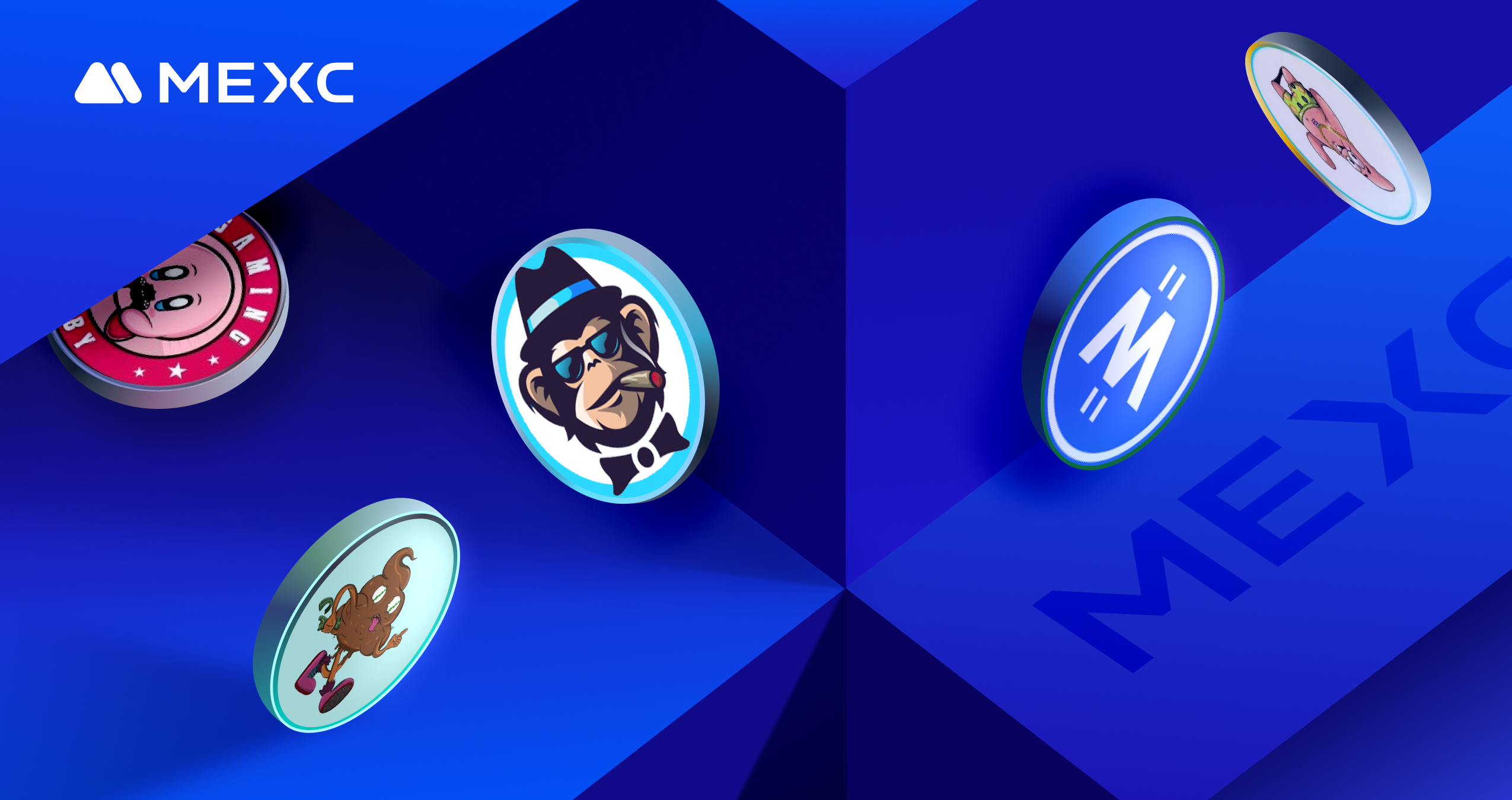
Key Insights:
- SEC’s Form S-1 may not be suitable for digital assets, according to Commissioner Uyeda.
- Uyeda suggests blockchain technology could be used for real-time, ongoing financial disclosures.
- The crypto community is pushing for more transparency in financial reporting from blockchain foundations.
Securities and Exchange Commission (SEC) Commissioner Mark Uyeda suggested in July that the current S-1 requirements for cryptocurrency issuers need revision. He argued that Form S-1, which is used for initial public offerings, may not be fully applicable to digital assets. Uyeda’s proposal aims to allow variances, like those provided for insurance and fund products, to better accommodate crypto issuers.
This change would shift the SEC’s focus from strict enforcement to constructive regulation. This could create a clearer path for digital asset issuers looking to comply with securities laws while fostering innovation in the sector.
Form S-1 and Cryptocurrency: A Need for Change
The SEC’s Form S-1 is a critical tool for companies seeking to offer securities to the public. It requires detailed disclosures about financials, risks, and operations. However, Uyeda pointed out that some requirements under the S-1 process do not align with the characteristics of digital assets. This approach, according to him, does not help with capital formation nor does it adequately protect investors.
Uyeda proposed that crypto firms should be allowed to use alternative forms for disclosure, as is already done for some fund and insurance products. This would give digital asset issuers more flexibility to comply with disclosure rules, making the process less cumbersome.
Blockchain and Real-Time Reporting: A Solution for Ongoing Disclosures
Beyond initial disclosures, Uyeda emphasized the importance of ongoing financial reporting for digital asset issuers. Ongoing disclosure ensures that investors remain informed about a company’s financial status after an S-1 filing. The problem is that traditional methods, such as quarterly reports, are outdated in the rapidly evolving blockchain space.
Blockchain technology could offer a solution. Its real-time data feeds provide continuous updates, which can be easily accessed by investors. Uyeda’s idea is that regulators should explore using blockchain’s transparency and immediacy to fulfill reporting requirements, rather than relying on static reports.
Pressure for Transparency Grows Within Crypto Communities
Crypto communities are increasingly pushing for transparency. For example, Cosmos’ Interchain Foundation and the Ethereum Foundation have faced criticism for not publishing timely financial reports. These foundations, like other crypto organizations, are expected to provide up-to-date financial information.
The demand for transparency reflects a broader need for continuous disclosures in the crypto sector. Blockchain’s inherent transparency could meet these needs, making it a valuable tool for both regulators and market participants.
Uyeda’s recommendations represent a significant step forward for cryptocurrency regulation. By allowing variances in S-1 requirements and using blockchain technology for ongoing disclosures, the SEC could shift its approach from enforcement to constructive regulation. This would benefit both issuers and investors by promoting a more transparent and efficient system.
Personal Note From MEXC Team
Check out our MEXC trading page and find out what we have to offer! There are also a ton of interesting articles to get you up to speed with the crypto world. Lastly, join our MEXC Creators project and share your opinion about everything crypto! Happy trading! Learn about interoperability now!
Join MEXC and Get up to $10,000 Bonus!
Sign Up


